Pardon the ranting. Skip reading if you wish.
I keep seeing these topics posted on various forums about “is XYZ teaware safe to use?”, “does Yixing contain lead?”, and it’s really starting to bother me.
I understand we are all worried about the safety of our food, drink, and whatever else we put in our mouth. Everyone is rightly concerned about it. I also understand that with a new object that one has not dealt with before, it is entirely legitimate to ask these questions. However, inevitably there will be people who will say “yes, they do contain XYZ and you shouldn’t use it at all or you will suffer the consequences” or something along those lines. That’s what bothers me.
Let’s say we’re talking about yixing pots. Lots of people have asked in various places if they might contain nasty chemicals, lead, other heavy metals, dyes, etc that might be unsafe for consumption. That in itself is a very legitimate thing to ask. After all, you are drinking the tea, and since tea is mildly acidic it does make it more possible that some stuff might be leaching out of the pot, if there is anything there to begin with.
Then people will start suggesting that maybe you should try those lead test kits to see if the yixing pot has lead in it, or to only buy from reputable dealers, or to not buy low priced pots as they are likely to be bad for you, etc….
Let’s go through these one by one.
1) I’m not particularly sure exactly how effective each of these lead test kits work, but from the directions I’ve seen for testing ceramics or pottery, what you’re supposed to do is to soak the piece in vinegar, and then test the vinegar to see if any lead has leached out. Now, I’ve never tested the pH for tea, but I am pretty sure whatever it is, it is a lot higher (i.e. not nearly as acidic) as vinegar. I suppose you can do the same as use tea to soak the piece and then test the tea, but even then, the only way to really simulate drinking tea is to test the tea you’re going to drink yourself. I’d venture to guess that lead leaching is undetectable with any of these test kits in almost all cases. I’ve always suggested people to try this with black raku ware, which is known to have lead, as a control. So far, I still don’t know anybody who has responded to that when they say “oh my, these things will kill you with lead poisoning!”
2) As for reputable dealers – I am 100% sure that none of the people who sell pots online or offline have bothered to test the pots for lead in the method prescribed above. I remember a certain tea vendor who sells through his blog “testing” some of his yixing pots with these test kits, but only by rubbing the kit on the surface of the pot. That’s not how you do it, and whatever negative result is moot. So, reputable dealer really have no idea what’s in their pot if you are talking potentially harmful chemicals. If you don’t believe me, try asking. The usual answer you’d get is probably “I only source my pots from trusted sources”, which basically means “trust me”.
3) Lower priced pots are indeed more likely to be made with fake yixing clay, have shoe polish on them, etc, but as I’ve always said, a high priced item is not guaranteed to be good at all. You can have a fake yixing pot made with bad and harmful clay that is selling for $1000. Do not judge items on the price they’re selling for. It makes no sense to assume that price alone has anything to do with anything other than a merchant’s profit margin.
The point of all this is not that you should not buy anything. Rather, the point I’m trying to make is that most likely there is simply no good reason to worry at all. The harmful combination of 30g of fat on 120g of sugar in that piece of cheesecake you just ate is probably far worse than whatever trace amount of lead you got in the tea. Or, for that matter, the old lead pipes in your apartment building in New York city that still haven’t been changed. Or…. the list goes on.
If you think what you’re using is not safe, then stop using it. If you think it’s fine, then don’t worry about it. Worrying about a bowl or a pot that had tea in it for a few minutes at most is really not a good way to spend your time. And those people who keep harping on how China seems to be the only country that produces unsafe goods (nevermind that most goods, safe or unsafe, all seem to be produced in China these days) should just keep their fear-mongering to themselves.
Thanks for listening to my ranting.
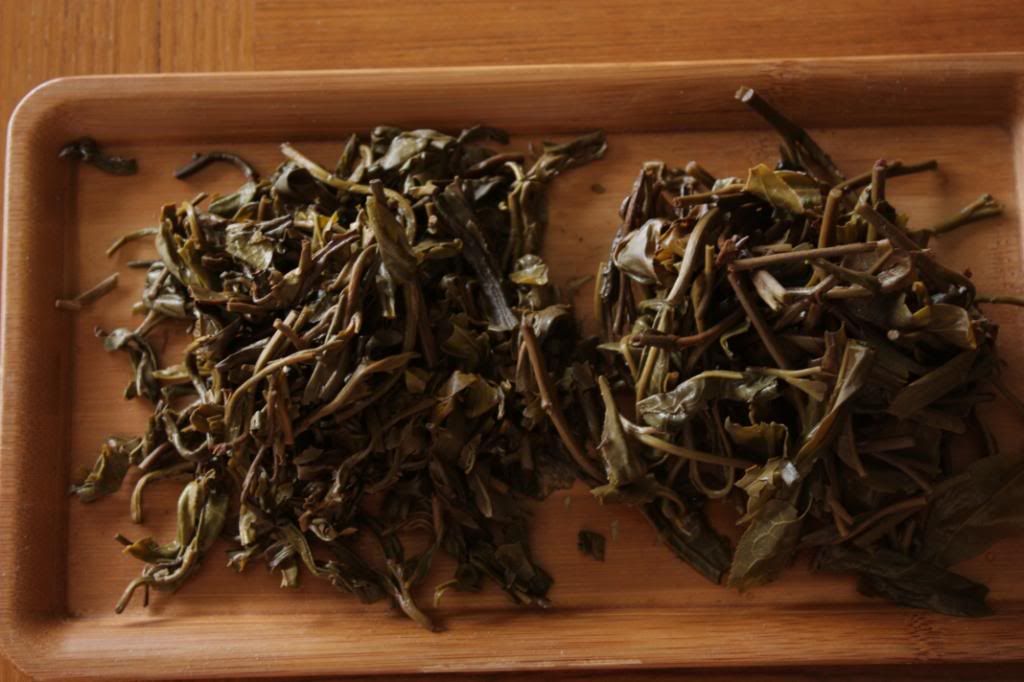

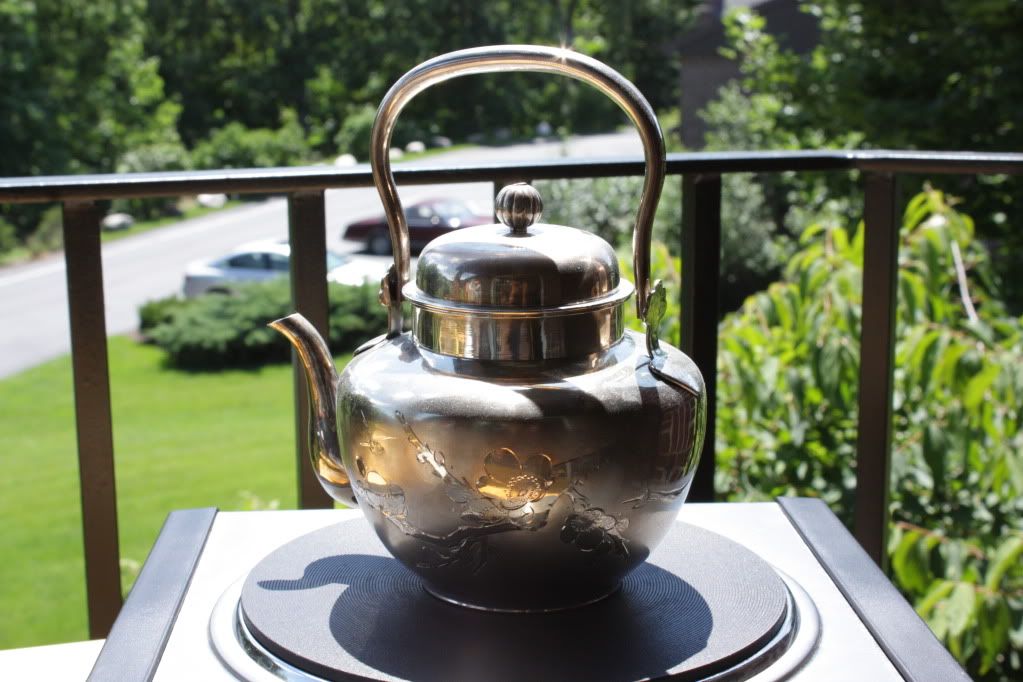

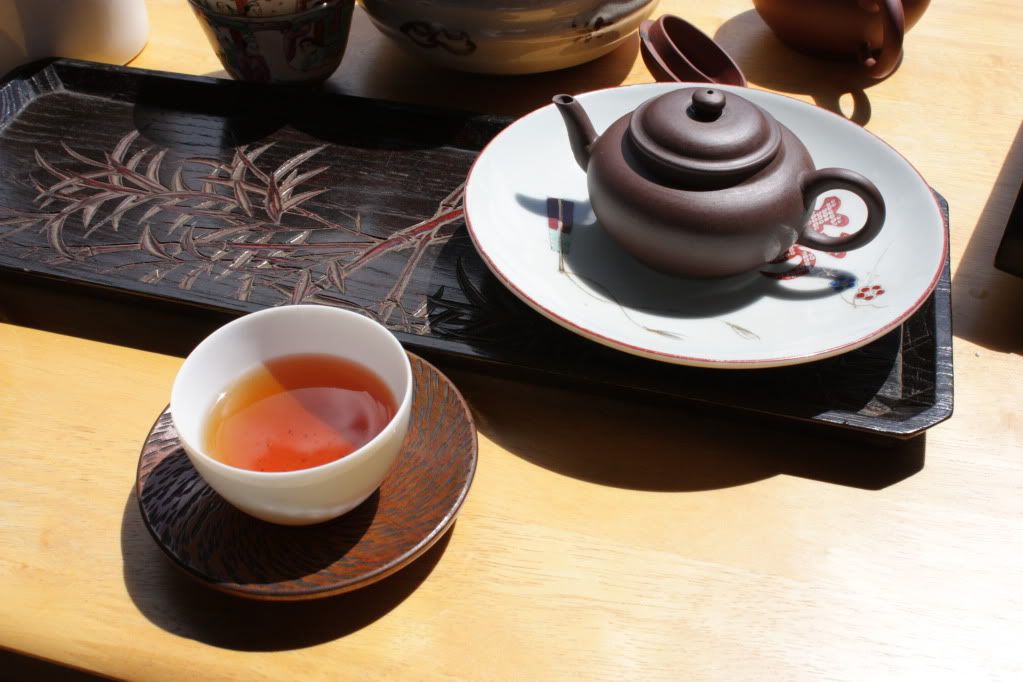
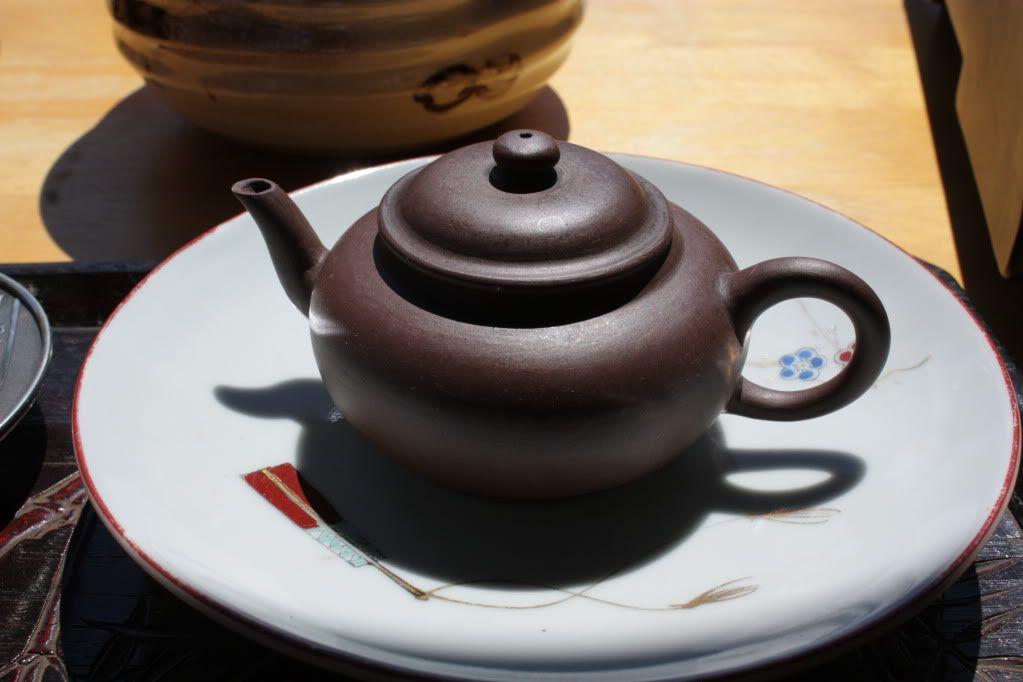



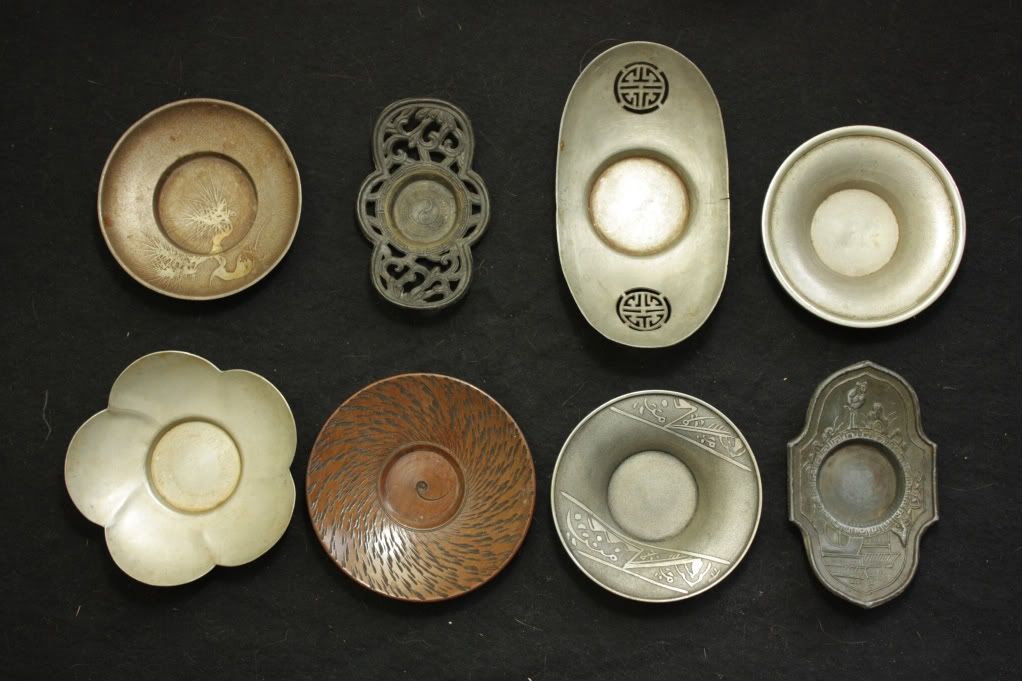
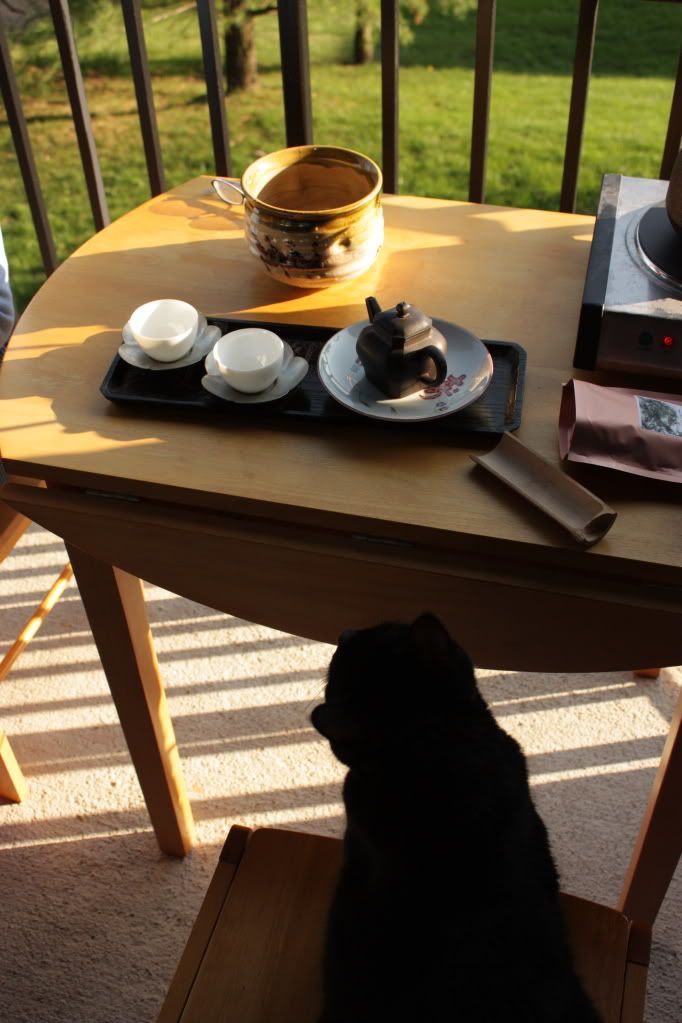
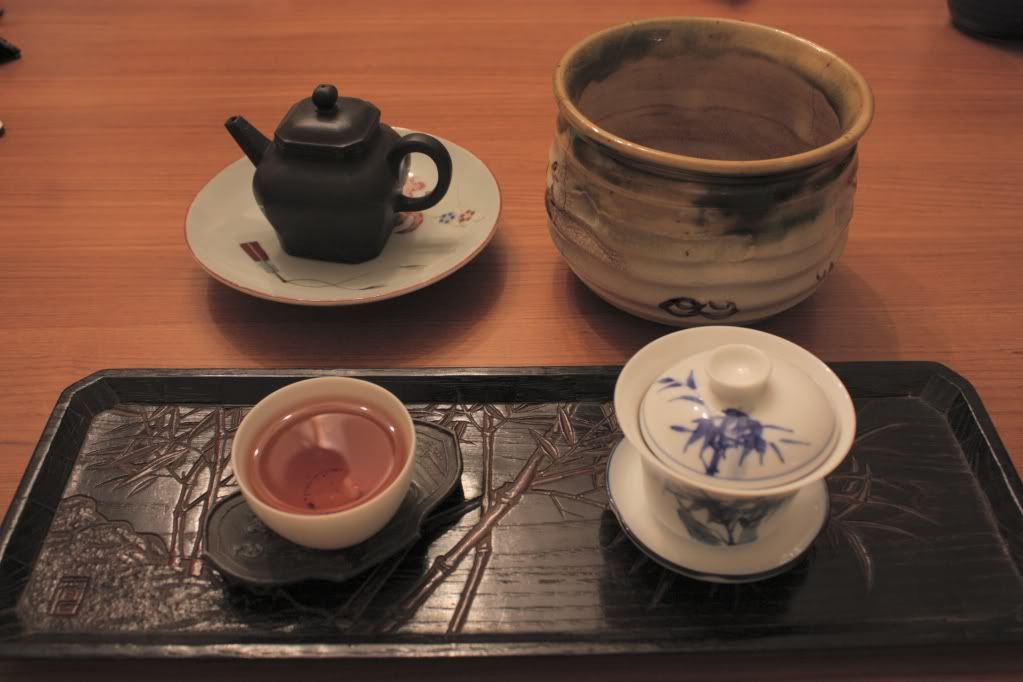


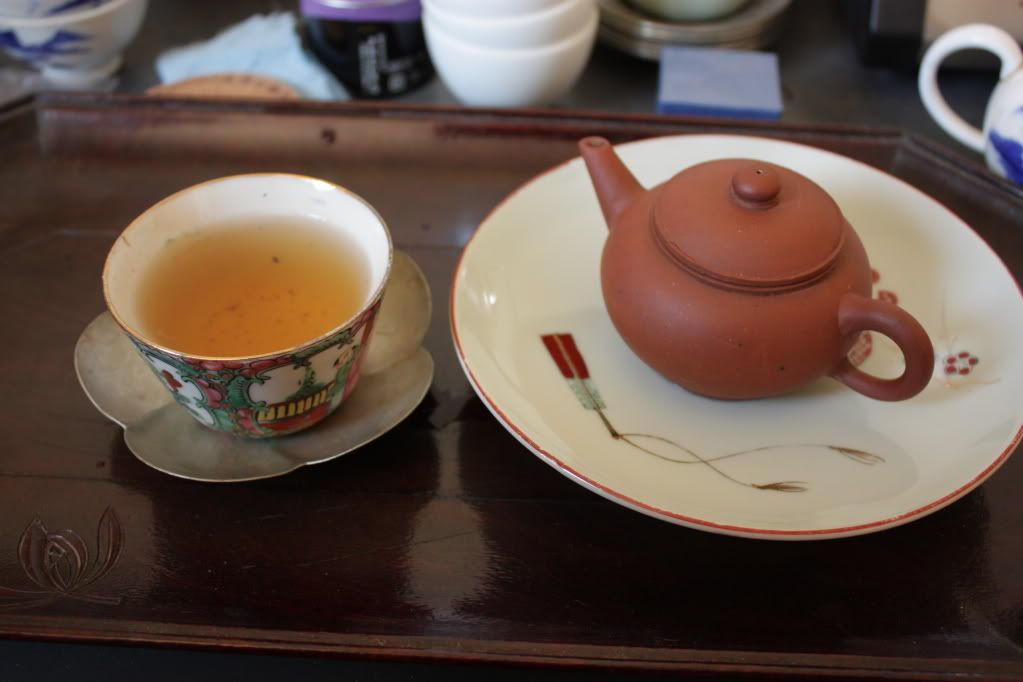
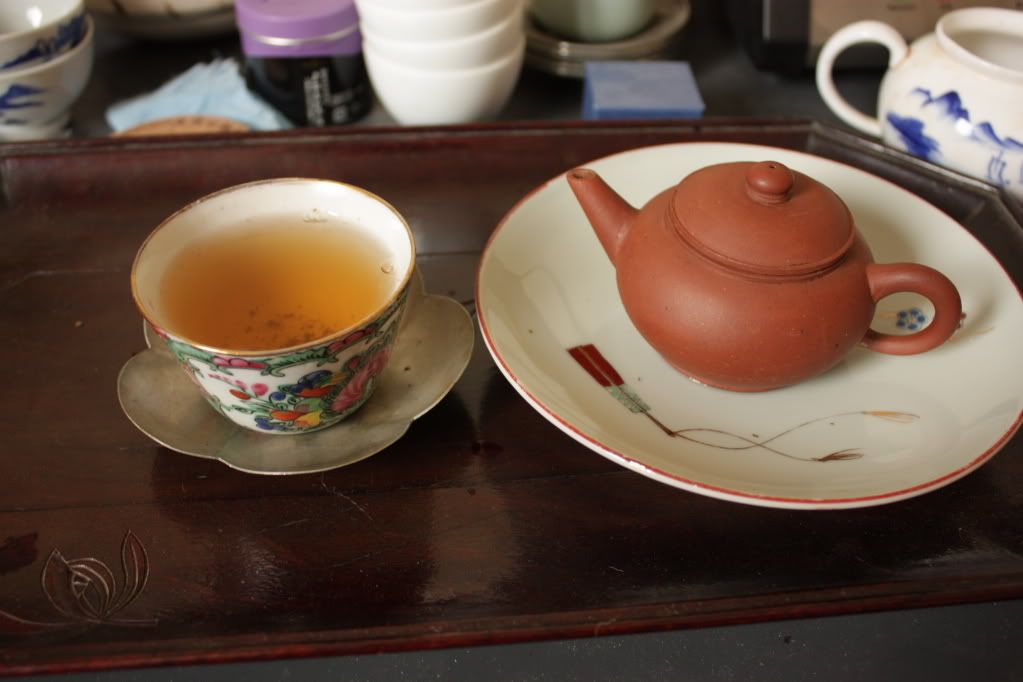
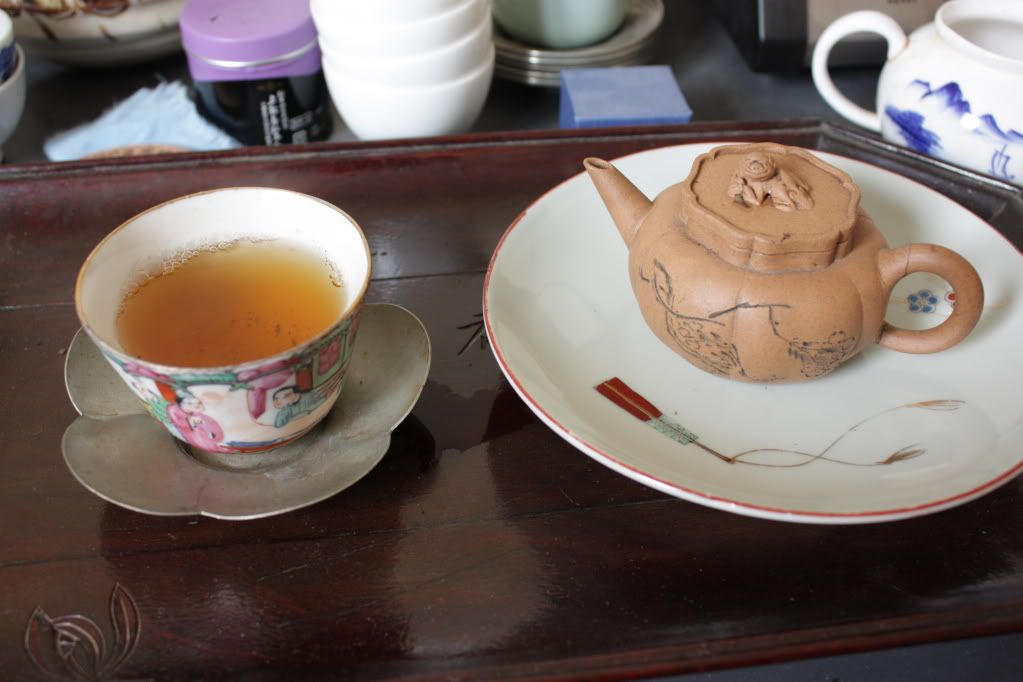




 RSS - Posts
RSS - Posts
I took you at your suggestion and have been reading some of your old post-Covid posts. I haven’t been to…